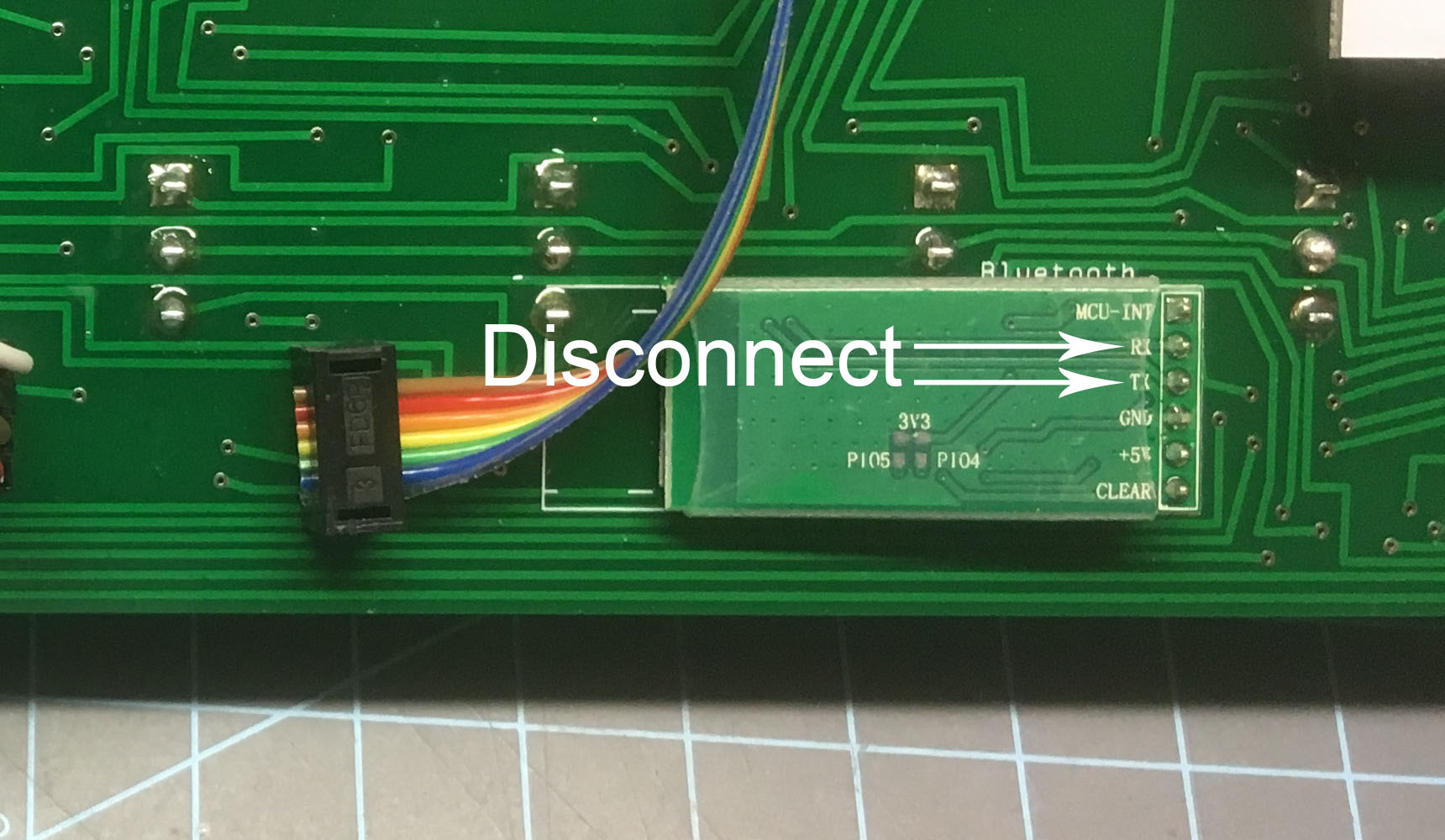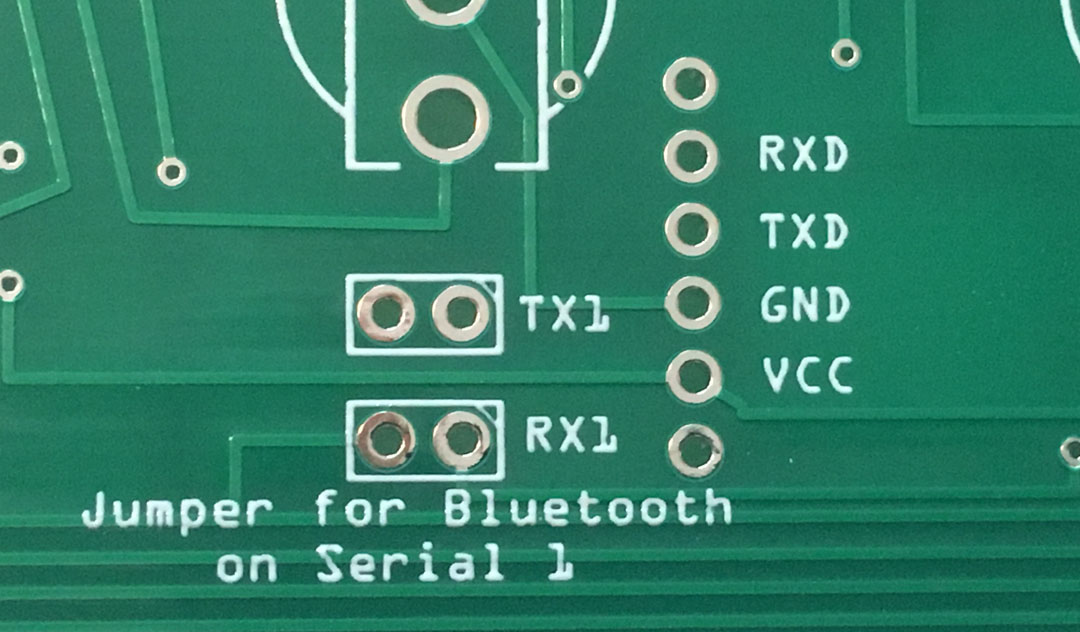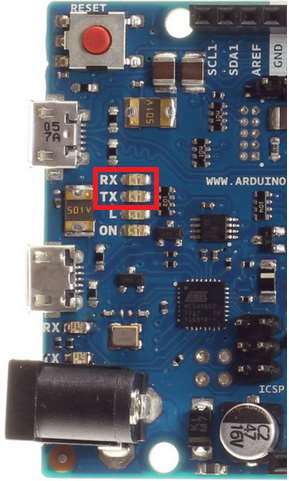The Altair-duino Pro kit, and the upgrade to the Pro version typically requires you to give up Bluetooth to have the VT100 emulator (both use pins 18/19 for a serial connection.) If you want to have both, it is possible, but it's going to require some careful soldering.
If you have the version 1.4 or 1.5 main circuit board (version is printed on the board in the lower right.)
You will need to disconnect the RX and TX pins from the main circuit board. I find it easiest to completely desolder and remove the modules, clip (or desolder) the RX and TX pins, then resolder the Bluetooth module.

If you have the version 1.5.1 main circuit board (released September 2019.)
This version anticipated the need to connect the Bluetooth module to a different serial source. To the left of the Bluetooth module are connections for jumpers. If there are jumpers over these connections, the Bluetooth module is connected to pins 18/19 of the Arduino. The right-most pins of these connections can be used to connect the RX and TX pins of the Bluetooth module to the serial connections described in the following section:

(These instructions are directly from David Hansel's documentation.)
This port is disabled by default since it uses two I/O pins that are not connected to headers on the Arduino Due: the pins controlling the RX and TX LEDs next to the Native USB port (framed in red in the image on the right). These pins are accessible as digital pins 72 (RX) and 73 (TX) on the Arduino Due. Despite their location next to the Native USB port they have no connection to the port and can be freely controlled by software. To add a serial interface using these pins do the following:
(Optional but recommended): remove the RX/TX LEDs. I did try leaving the LEDs in place and just soldered onto the LEDs themselves and serial communication did work. However, the LEDs go to +3.3V through a 1k resistor which could possibly interfere with the serial signals. Your mileage may vary.
Solder wires to the pads on the left side of the LEDs (the side closer to the “RX” and “TX” labels). These will be the RX and TX wires for the serial connection. Take the required GND wire for the connection from any GND connection on the Arduino.
In file host_due.h, change
#define USE_SERIAL_ON_RXLTXL 0
to#define USE_SERIAL_ON_RXLTXL 1
and upload the sketch to the Arduino.Connect the RX LED to the TX pin on the Bluetooth module, and TX LED to the RX pin.

